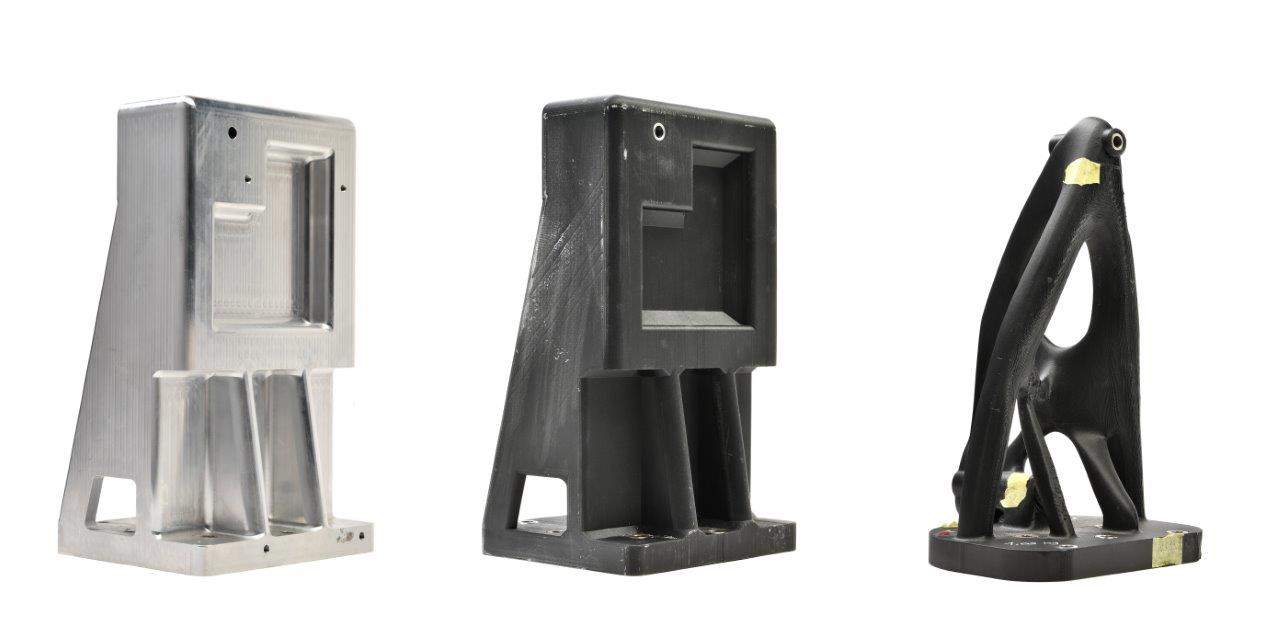
How can this 3D printed device withstand g-forces of 50 g?
𝗴-𝗞𝗿𝗮̈𝗳𝘁𝗲 are loads that act on a vehicle, for example, due to high speed.
If a car hits a solid wall at 50 km/h (13.9 m/s), the g-force would be almost 20 g.
How can a 3D printed plastic component withstand forces of 50 g?
Autoliv is the world's largest safety supplier to the automotive industry and designs, develops, and manufactures the world's leading passive safety systems. These forces were achieved in various seat belt tests.
For comparison: Max Verstappen crashed into the tire wall with an incredible 51g in his Formula 1 crash with Lewis Hamilton.
Next week we have our Additive Manufacturing Technology Day in Hamburg!
In a practical report, Jan Jabusch from Autoliv the added value of industrial 3D printers for the global automotive supplier. Autoliv impressively demonstrates how the automotive industry can use additive manufacturing.
We'll also show you how industrial 3D printers can ease the burden on the supply chain. Are you already printing mechanically and thermally resilient components with industrial 3D printers?
Date: Wednesday, November 2, 2022
𝗢𝗿𝘁: Hamburg-Stillhorn
𝗭𝗲𝗶𝘁: 9:30 a.m. – 1:00 p.m
I'm looking forward to you!
👉 You can find the detailed agenda and free registration here: https://lnkd.in/eC7WDkdF
Request a DEMO component now!
See for yourself the strength and surface quality of the components.
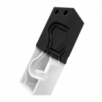
Learn more about 3D printing with continuous fibers!
Which continuous filament is suitable for which application? How do I design correctly for filament 3D printing? What do users say about it, and where can I find more information? – You've come to the right place! We've listed several information sources that will help you get the answers you need.





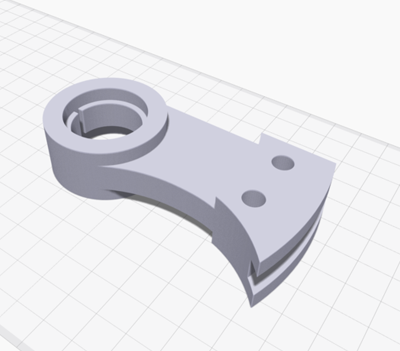
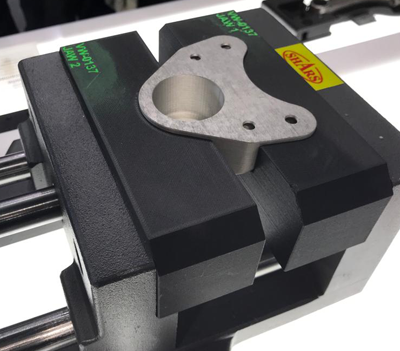
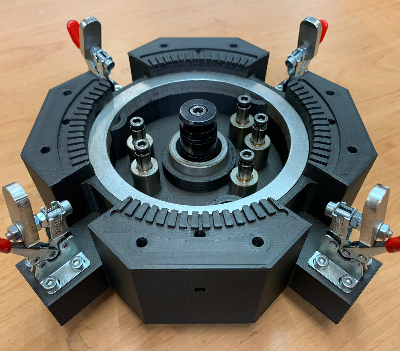
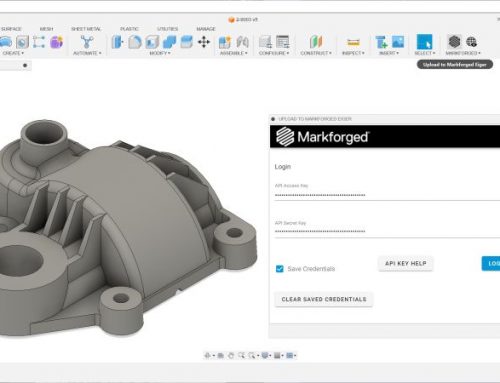

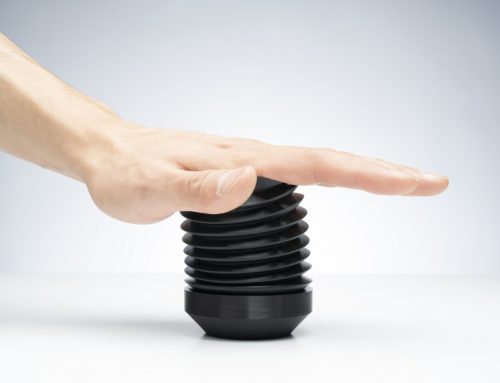
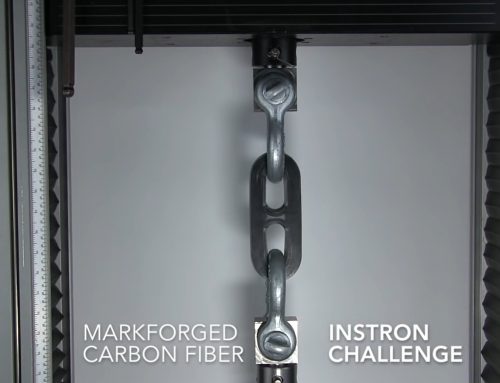
Leave A Comment